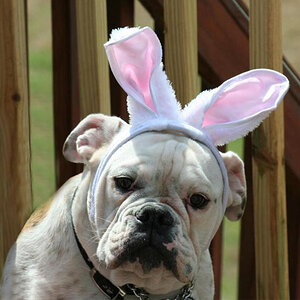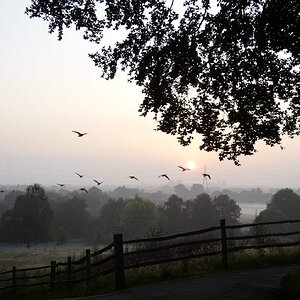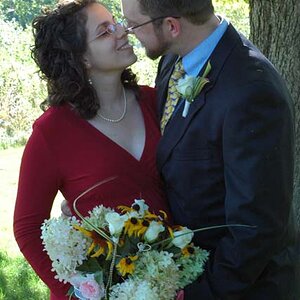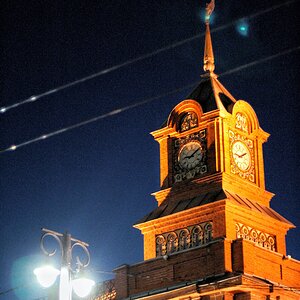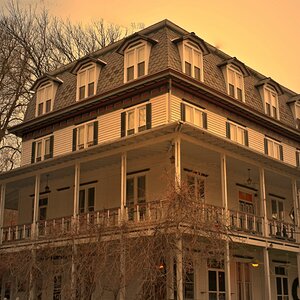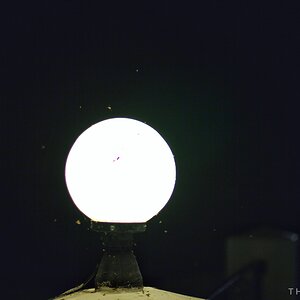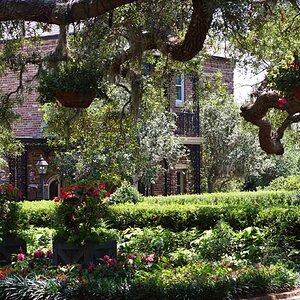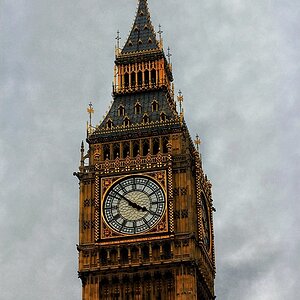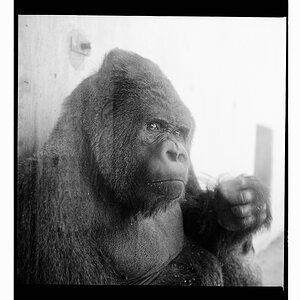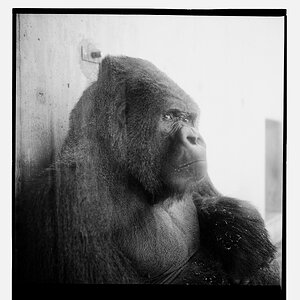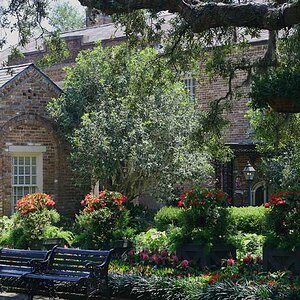mattydipps
TPF Noob!
- Joined
- Aug 15, 2012
- Messages
- 17
- Reaction score
- 0
- Location
- long island
- Can others edit my Photos
- Photos OK to edit
Okay guys I'm pretty new at this.... Very new at this, I've had my d60 for a month now I have a 18-55 lens that came with the camera and a 55mm 1.8 lens... I've been playing around with shutter speed and apature on the tripod fixed at one point (obviously. When do I need a longer shutter speed and why? And same with apature....


